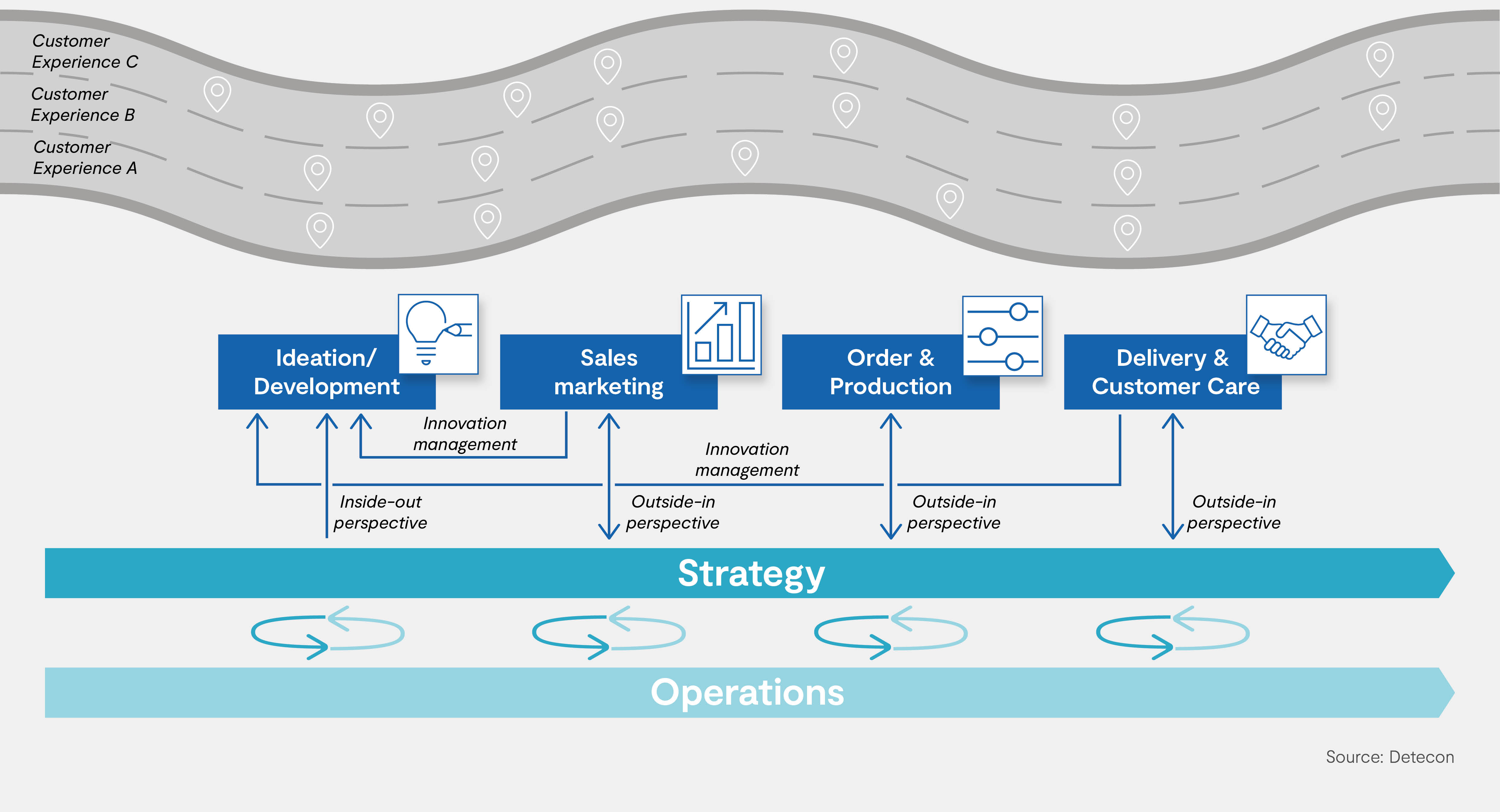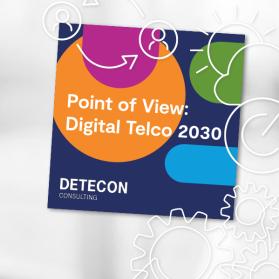Customer Centricity, Excellence or Value - there are many terms used in today's management, but they all have the common goal of placing the customer at the center of all business activities. The innovative approach of Strategic Process Management combines the necessary digital and strategically aligned processes.
In times of global markets, acquiring new customers is particularly challenging. This makes the long-term retention of existing customers and the expansion of existing relationships even more important. Companies should therefore aim to provide a consistent and positive customer experience to their clientele, i.e. an optimal experience across all touchpoints and interactions. To achieve this, corporations need to focus their strategy on the expectations and needs of their customers.
Digital services offer the opportunity to capture a wide range of customer information and gain a differentiated view of specific needs. In business, this translates into understanding expectations, gathering regular feedback, and tailoring products and services to meet customer’s needs. Coordinating such diverse and complex customer structure, requires a process management system that can respond quickly based on agile structures and synchronizes various strategic initiatives.
Strategic process management designs, controls, and optimizes business processes by developing cross-organizational process strategies. Individual departments model their own processes while harmonizing with an overarching process community. This approach combines the centralized process management of coordinating benefits with the responsiveness of agile process management.
How could a customer-centric organization look like? - An example
A company is planning a new, holistic process landscape. It should focus on the needs of customers in order to create targeted products and services while continuously improving through feedback. For this reason, various strategic processes are identified which cover the entire customer journey, the sum of all customer experiences, so to say. Starting with the idea and design, including marketing and sales, ordering and production, and ending up in delivery and customer care. All these touchpoints are in a contiuous communication loop with the overarching strategy and operations departments. During ideation – the development and implementation phase – is based on the company's inside-out perspective, the other units integrate customer feedback and various customer experiences. The expectations and desires of customers and employees are then aligned with strategy and operations, and processes are developed from an outside-in perspective. In addition, the units share information and enable innovation management that optimizes processes along the value chain.

What are the specific benefits for companies and customers?
From a customer's perspective, the benefits of strategic process management are obvious - they benefit from products and services that are tailored to their needs. They also benefit from transparent and accelerated processes along the entire customer journey. This avoids annoying misunderstandings and minimizes resources in terms of time and money.
From a business perspective, the customer-centric approach of strategic process management also offers several advantages. Continuous feedback provides employees in different departments with a better understanding of specific requirements. They can identify potential weaknesses in products and services early on and develop or improve them accordingly. The enhanced planning ability is another positive effect on planning future projects and supports a sustainable company growth.
Strategic process management orchestrates a variety of internal and external processes to create value for companies and customers. By integrating customer expectations, product development accelerats and production errors are avoided. Aligning strategic processes along the customer journey also provides valuable insights and facilitates future planning.










